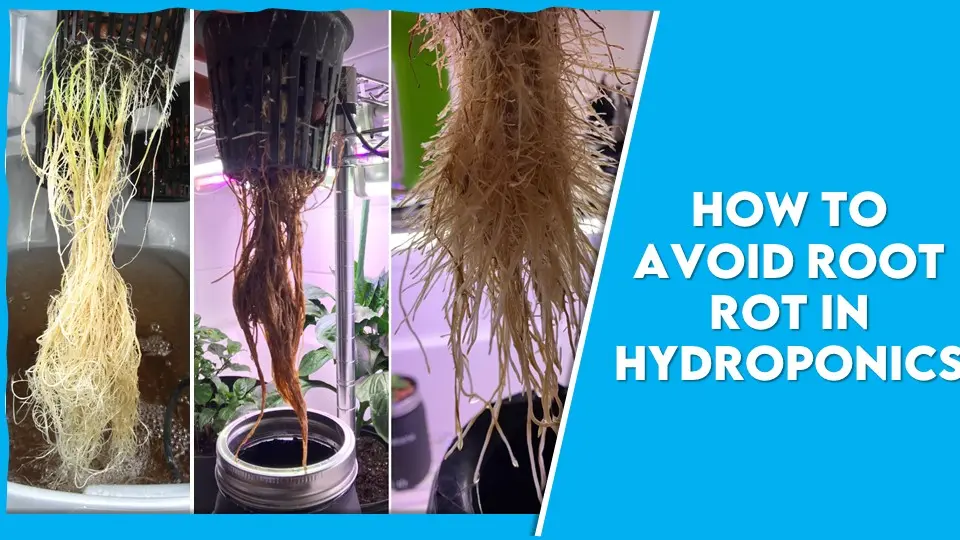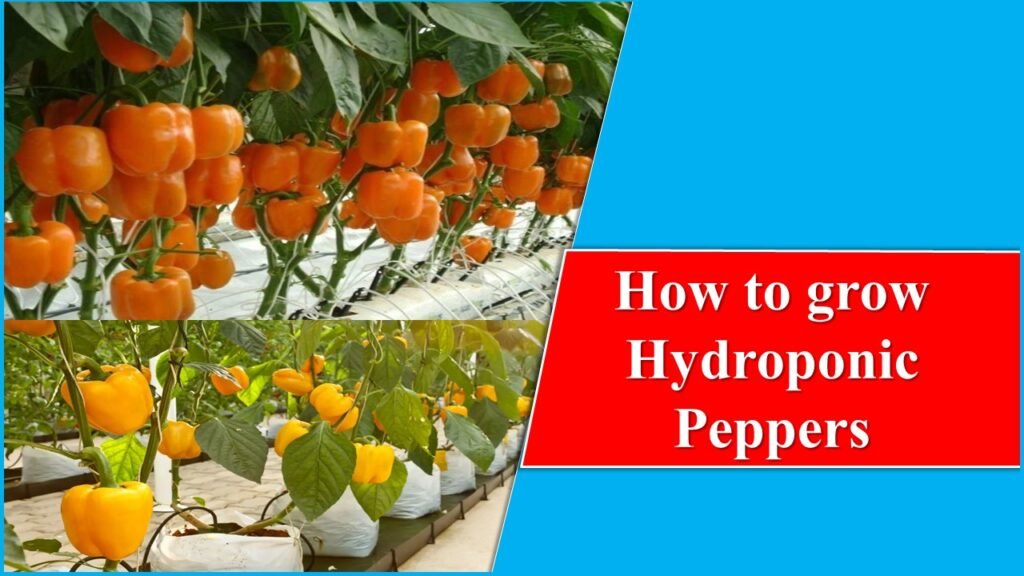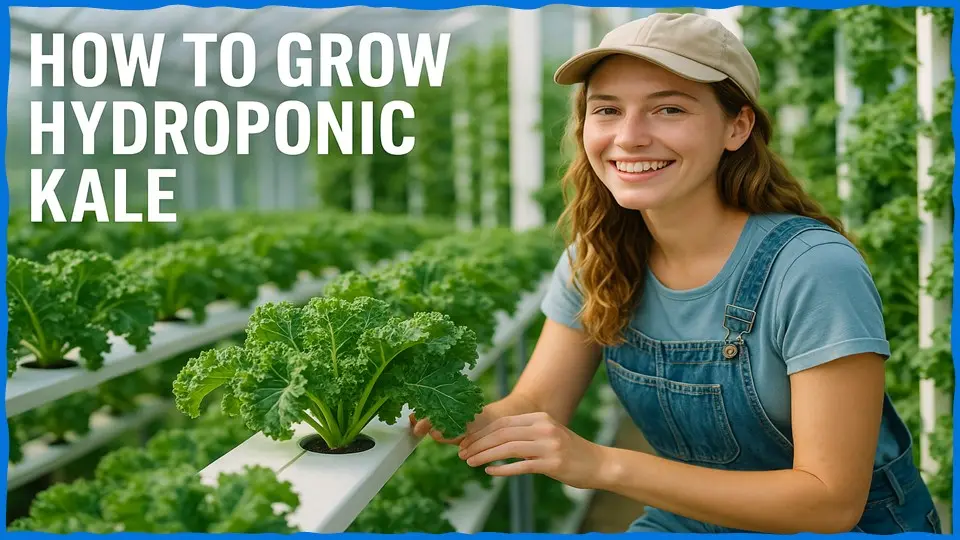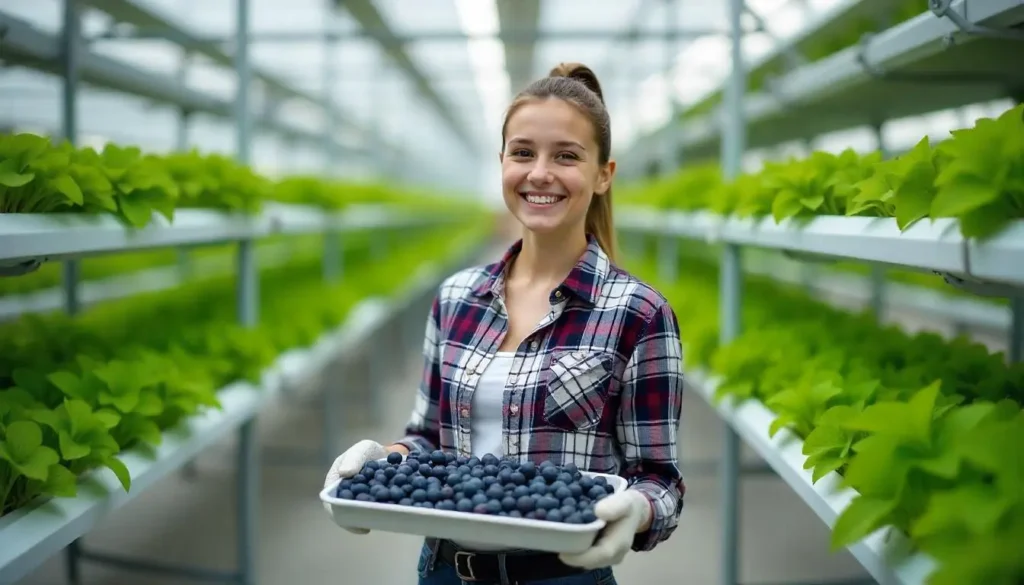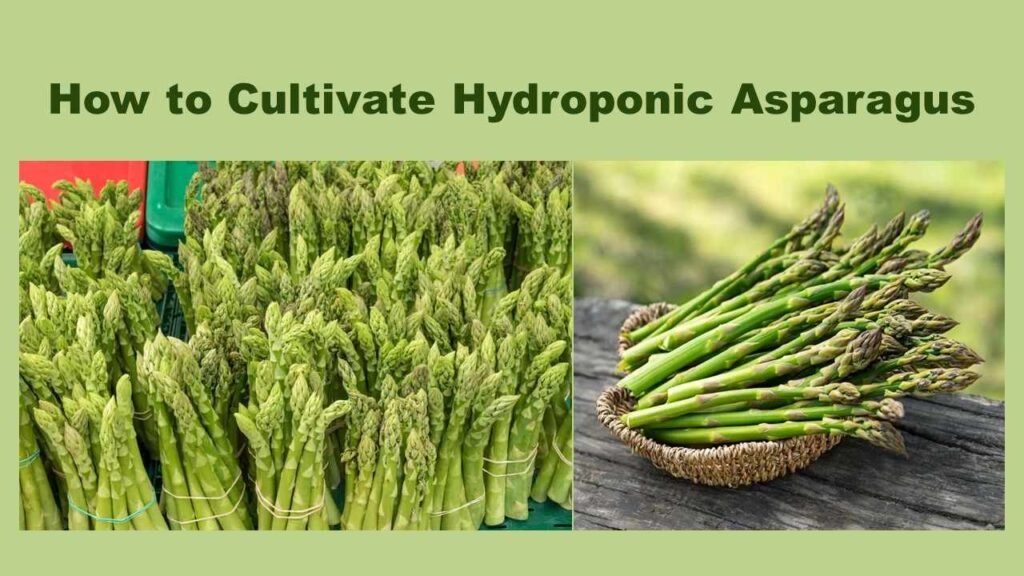How to Avoid Root Rot in Hydroponics System
Maintaining healthy roots in hydroponics is a major key to the success of the venture as it is totally responsible for the growth and development of the crop. Firstly, ensure proper oxygenation of the root zone through methods like air stones or oxygen-permeable materials. Monitor and adjust nutrient levels and pH to prevent imbalances that could harm roots which includes very high pH or very low pH which have adverse effects upon the plants and provide a good environment or favorable for pathogens. Maintain cleanliness in the system to prevent the buildup of pathogens. Now let’s discuss “how to avoid root rot in hydroponics”, but before that we have to know what is root rot.
What is Root Rot:
Root rot in hydroponics is a fungal or bacterial disease that affects the roots of plants grown in hydroponic systems. It occurs when the roots are exposed to conditions that promote the growth of harmful microorganisms, leading to their decay and eventual death which is directly linked with the plants health or we can say this will end the plants life. Root rot is typically caused by waterlogged or poorly oxygenated growing mediums, which create an environment conducive to the proliferation of pathogens. Factors such as overwatering, stagnant nutrient solutions, high temperatures, and poor system hygiene can contribute to the development of root rot which deteriorates the health and growth of plants.
Factors Causing Root Rot in Hydroponics:
Here are those factors which increase the pathogens severity and help them to grow well and to infect the plants. All these factors provide favorable conditions for the pathogens to attack plants.
- Overwatering:
- Excessive watering can lead to waterlogged growing media and poor oxygenation of the root zone, creating an environment conducive to root rot pathogens.
- Lack of aeration and excessive water is the major factor in increasing the damage as the roots are not able to absorb efficiently if the rhizosphere is totally packed with water.
- Poor Oxygenation:
- Inadequate oxygen levels in the root zone can occur due to factors such as compacted growing media, insufficient aeration, or stagnant nutrient solutions, promoting the growth of anaerobic microorganisms that cause root rot.
- High Humidity:
- High humidity levels around the roots can exacerbate root rot, as it creates favorable conditions for fungal and bacterial pathogens to thrive.
- High humidity favors pathogen growths and high humidity also increases the damage rate.
- Water Quality:
- Poor-quality water containing pathogens or high levels of dissolved salts can increase the risk of root rot.
- Contaminated water is also a source of root rot pathogens. Water should be free from contamination which causes root rot. As this contamination spreads in the whole hydroponic system.
- Temperature:
- Elevated temperatures in the root zone can accelerate the growth of root rot pathogens, particularly in combination with high humidity.
- Favorable temperature for pathogens gives boost in their multiplication and they spread with more speed in the whole system. If we can counter them by manipulating temperature this would be beneficial for the grower.
- Nutrient Imbalance:
- Imbalances in nutrient levels, particularly excessive levels of certain nutrients like nitrogen, can weaken plants’ resistance to root rot pathogens.
- System Contamination:
- Contaminants introduced into the hydroponic system, such as plant debris or pathogens from outside sources, can contribute to the development of root rot.
- Poor System Hygiene:
- Failure to maintain cleanliness in the hydroponic system, including reservoirs, tubing, and growing containers, can lead to the accumulation of organic matter and pathogens, increasing the risk of root rot.
- Plant debris should be collected and burned so that traces of pests do not remain in the system. Also removing the affected parts help in controlling the damage.
- Plant Stress:
- Stressed plants, whether due to environmental factors, pests, or diseases, are more susceptible to root rot infections.
- Abiotic stress like temperature, light, moisture etc and biotic stresses like insect pests cause increase in infectious microorganisms of root rot.
- Plant Density:
- Overcrowding plants in the hydroponic system can limit air circulation around the roots and increase humidity levels, creating favorable conditions for root rot pathogens.
- Also when the plant density is high it can spread the disease faster and with a high damage rate.
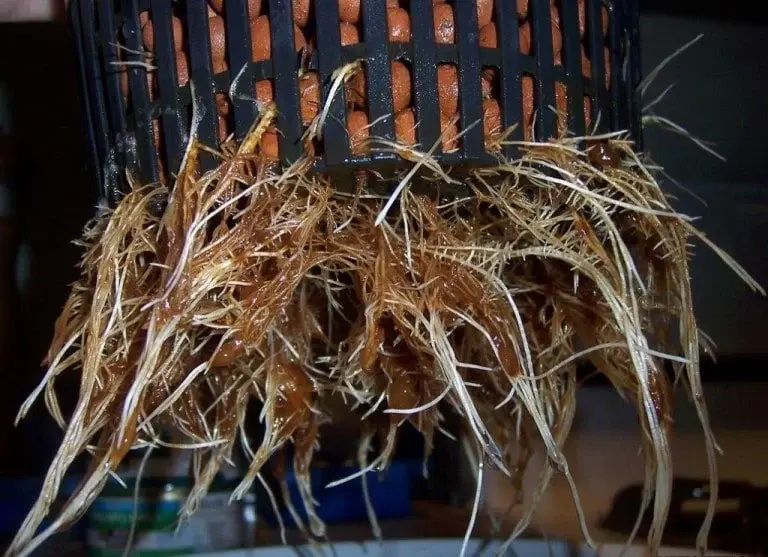
image source: growace
How the Root Rot Affect the Plants in Hydroponics:
Here are some points which define the type of attack or the pathway of damage due to root rot in hydroponics. We can also say that the effect of this disease on the plants and how it causes the damage to plants which totally affects the set up of hydroponics. before leaning how to avoid root rot in hydroponics it is important to know what it can cause to plants.
Reduced Nutrient Uptake:
Damaged roots are less efficient at absorbing nutrients from the nutrient solution, leading to nutrient deficiencies in the plant.
Limited Water Absorption:
Infected roots struggle to take up water, causing dehydration and wilting despite the presence of water in the hydroponic system. Maximum part of plants is made up of water and the primary source of growth for plants is water and if roots are not able to get water in sufficient amounts then it will cause a negative impact on the plant.
Stunted Growth:
With impaired nutrient and water uptake, plants experience slowed growth and may fail to reach their full potential. As we know the most important part from where it gets all the inputs which helps in increasing growth of the plant.
Yellowing Leaves:
Nutrient deficiencies caused by root rot can manifest as yellowing leaves due to a lack of essential nutrients such as nitrogen, iron, or magnesium. Yellowing is obvious as roots get damaged and it is directly linked to deficiency of certain nutrients in the soil.
Root Decay:
The roots become mushy, discolored, and may disintegrate, reducing the plant’s ability to anchor itself and absorb nutrients. As these pathogens attack the roots of the plant that directly damage roots activities and structural damage which disintegrates the roots structure and makes it unfavorable for working. to prevent such cases it is important to know how to avoid root rot in hydroponics.
Poor Oxygenation:
Root rot creates anaerobic conditions in the root zone, depriving roots of oxygen and further hindering their function. How to avoid root rot in hydroponics is not possible without proper oxygenation.
Increased Vulnerability:
Weakened plants are more susceptible to other diseases, pests, and environmental stressors, exacerbating their decline.
Wilting and Drooping:
Despite the availability of water, plants may exhibit wilting and drooping as the diseased roots cannot adequately transport water to the rest of the plant. As this disease act on the roots and water transportation is acted from this site, this will harm the plant. To avoid such problems it is important to know how to avoid root rot in hydroponics.
Loss of Vigor:
Plants affected by root rot show signs of overall decline in health and vigor, including reduced flowering and fruiting.
Death of the Plant:
If left untreated, severe root rot can lead to the eventual death of the plant as it becomes unable to sustain itself.
How to Avoid Root Rot in hydroponics:

image source: hygrozyme
Hydrogen Peroxide:
Hydrogen peroxide can be effective in treating root rot in hydroponic systems. It helps to oxygenate the root zone and kill off anaerobic pathogens causing the rot. Dilute food-grade hydrogen peroxide (3%) with water and use it to flush the affected roots. Repeat as necessary, but be cautious not to use too high a concentration, as it can harm your plants.
Increase Oxygenation:
Improve oxygenation in the root zone to inhibit the growth of anaerobic pathogens causing root rot. Increase aeration in your hydroponic system by adding air stones, air pumps, or other oxygenation methods to ensure that the roots receive an adequate oxygen supply. Proper aeration can be the answer of “how to avoid root rot in hydroponics.
Reduce Watering Frequency:
If your plants are suffering from root rot due to overwatering, adjust your watering schedule to allow the root zone to dry out slightly between watering. Be sure not to let the roots dry out completely, as this can stress the plants further.
Change Nutrient Solution:
If you suspect that the nutrient solution in your hydroponic system is contributing to root rot, consider changing it. Prepare a fresh batch of nutrient solution with the appropriate pH and nutrient levels to support healthy plant growth.
Trim Infected Roots:
Carefully trim away any visibly diseased or rotting roots using sterilized scissors or pruning shears. Be sure to sterilize your cutting tools between each cut to prevent the spread of pathogen. “How to avoid root rot in hydroponics” is not possible without excluding the infected parts.
Isolate Affected Plants:
If only certain plants in your hydroponic system are affected by root rot, consider isolating them to prevent the spread of the disease to healthy plants.
Monitor and Adjust Environmental Conditions:
Continuously monitor environmental conditions such as temperature, humidity, and pH levels in your hydroponic system. Make any necessary adjustments to create conditions that are less favorable for the growth of root rot pathogens.
Conclusion:
As we discuss above all the things about root rot in hydroponics and we are on that point where we can say that, root rot is a serious problem to plants in hydroponic systems, as it can affect their ability to absorb nutrients and water, leading to stunted growth, wilting, and ultimately, plant death. Strategies such as oxygenation of the root zone, nutrient adjustments, introduction of beneficial microorganisms, and careful sanitation practices can help prevent and control root rot in hydroponic setups. so it is understandable, “How to avoid root rot in hydroponics” can be possible just by management of the setup.
Join Our Hydroponics Growers Group!
Connect with fellow hydroponics enthusiasts, share your ideas, ask questions, and grow together as a community.
👉 Join WhatsApp Group
